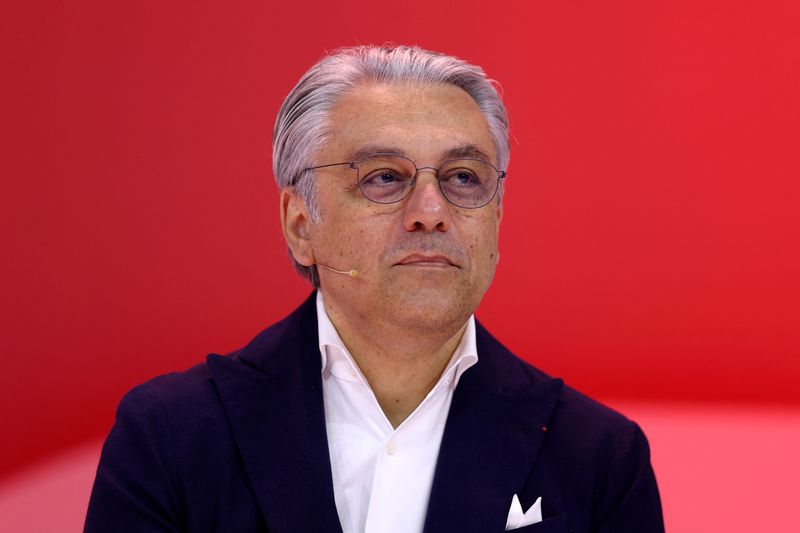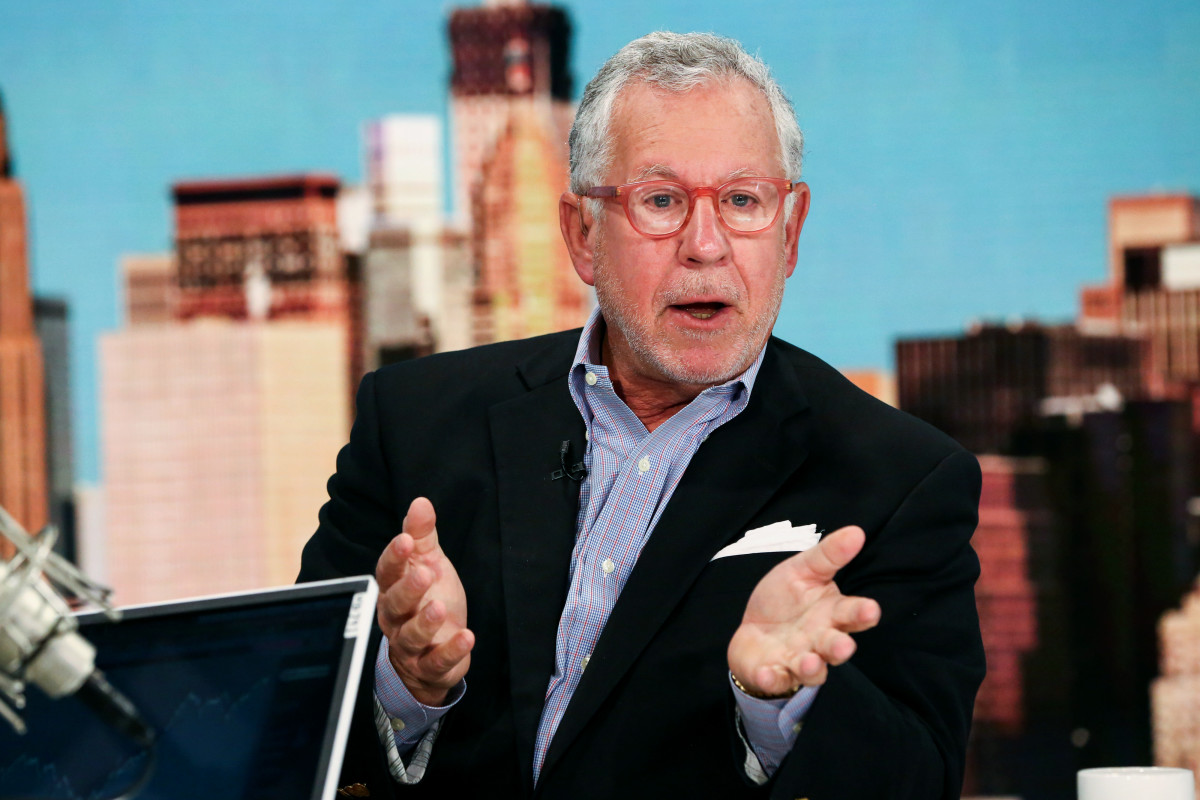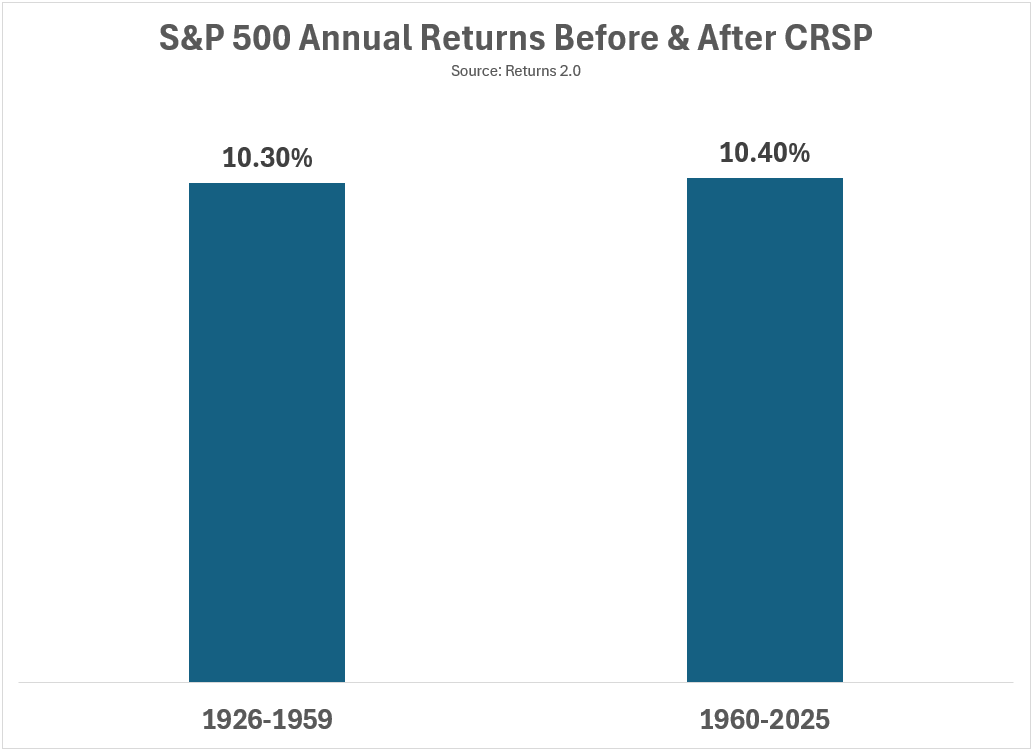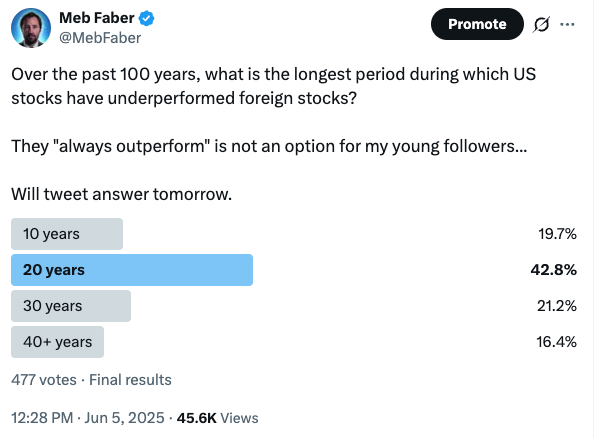Why I Choose ULTY Over MSTY – My Investment Strategy Explained
With thousands of ETFs to choose from, there’s no shortage of investment strategies. On the one hand, there is likely a strategy to meet most investors’ needs. On the other, the challenging part is finding the best ETF strategy that aligns with your financial goals over time. We came across a Reddit thread on this […] The post Why I Choose ULTY Over MSTY – My Investment Strategy Explained appeared first on 24/7 Wall St..

With thousands of ETFs to choose from, there’s no shortage of investment strategies. On the one hand, there is likely a strategy to meet most investors’ needs. On the other, the challenging part is finding the best ETF strategy that aligns with your financial goals over time. We came across a Reddit thread on this very topic in which the Redditor had to choose between two very popular yet unique ETFs: YieldMax Ultra Option Income Strategy ETF (ULTY) and the Yieldmax MSTR Option Income Strategy ETF (MSTY).
The post, which was published in the r/YieldMaxETFs subreddit, revealed that the poster ultimately went with ULTY, offering a supporting argument for this ETF. Without getting too deep into the weeds, let’s look at each fund, review this Redditor’s reasoning for selecting ULTY in relation to his financial goals, and then offer some further insight.
While the funds have some features in common, including the involvement of call options, their underlying strategies are different. ULTY, an actively managed ETF, is designed to produce monthly income from a basket of covered call trading strategies across 15-30 U.S. securities. MSTY, on the other hand, puts all of its eggs in a single basket – MicroStrategy (Nasdaq: MSTR) stock, attaching an exorbitant amount of single-issuer risk. While both funds are considered actively managed, ULTY is more similar to a pooled fund than MSTY.
Key Points
-
ULTY, an actively managed ETF, is designed to produce monthly income from a basket of covered call trading strategies across 15-30 U.S. securities.
-
MSTY, on the other hand, puts all of its eggs in a single basket – MicroStrategy stock, attaching an exorbitant amount of single-issuer risk.
-
Are you ahead, or behind on retirement? SmartAsset’s free tool can match you with a financial advisor in minutes to help you answer that today. Each advisor has been carefully vetted, and must act in your best interests. Don’t waste another minute; get started by clicking here.(Sponsor)
Investment Thesis
This Redditor’s preference for ULTY over MSTY comes down to a desire for diversification and risk management to support a long-term investment. Given MSTY’s dependence on a single underlying ticker, and a volatile one at that, the choice was clear. MicroStrategy’s strategy to aggressively invest in Bitcoin for the company’s balance sheet thrusts it into the crypto category, which requires a great deal of risk tolerance. To be fair, the ULTY ETF is risky too, but there is a wider focus than on just one stock forever.
Despite MSTY’S past distributions, the idea of parking long-term capital in a fund with such a narrow focus makes him feel a bit queasy. He argued that MSTY lacks the inherent diversification and active management needed to adapt to inevitable future volatility, which is critical for ongoing distributions. There’s no assurance that MicroStrategy will maintain what he described as the “volatile juice” for ongoing high payouts, especially given its ties to the highly volatile Bitcoin price.
On the flip side, he likes ULTY precisely because of its inherent diversification and active management. The fund’s manager regularly realigns holdings and shifts weights in response to market volatility, a feature inherently lacking in the MSTY ETF. This nimble strategy, including the ability to add and drop stocks as needed, is part of ULTY’s charm to maintain distributions and traverse changing market cycles more easily.
The Redditor also pointed to recent positive changes in ULTY, suggesting a potential shift toward a more favorable trend after a previous downward cycle. Essentially, the strategy prioritizes a managed, diversified approach to income generation over a concentrated, historically high-performing, but potentially less sustainable, single-ticker fund.
One of the main risks associated with ULTY is that its components are highly correlated with each other. While MSTY is essentially tied to BTC, the ULTY ETF is exposed mostly to risk-on assets. While MSTY is basically tied to BTC, the ULTY ETF has an exposure to mostly risk-on assets. In the current market environment in which the markets flip from risk-on to risk-off on a dime, an ETF like ULTY runs the risk of getting punished.
While our Redditor is aware of the risks, he would rather take his chances than go in a completely opposite direction and pour his hard-earned money into bonds, cash, or gold, which is simply not his style. While ULTY is more diversified than MSTY, there are other options on the table.
Consider Adding Greater Diversification
While it is best to discuss your financial goals with a financial advisor, taking a smart, varied approach may be a good start. Consider directing a percentage of your capital into a diversified index fund, such as the Vanguard S&P 500 ETF (VOO), which can serve as a foundation to help offset the higher risks from your more speculative bets. Be mindful not to get too comfortable, either. Regularly check in on your portfolio, making changes as market volatility shifts. Plus, anchoring your financial journey with clear goals and timelines gives you a roadmap for future decisions.
Any financial advisor worth their weight in salt will advise you to also build an emergency fund, including enough savings to cover between three and six months of expenses. That’s your ultimate financial shield, making sure unexpected curveballs don’t wreck your carefully planned investment game, even with the inclusion of diversified index funds.
The post Why I Choose ULTY Over MSTY – My Investment Strategy Explained appeared first on 24/7 Wall St..















































































































































































